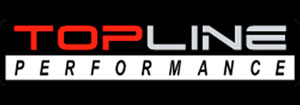‘I’m in conversations all the time, whether or not it’s a new client that’s asking for, you know, 100 plus KW per rack… it’s pushing us to innovate pretty hard.’.
Working with technology in new and exciting ways helps with the industry’s broader image.In addition to our well-known problems with inefficient processes and insufficient output, the construction industry faces other, compounding issues - namely, a serious skills shortage and an aging workforce.

As a result, it’s vitally important that we begin to encourage young people to come and join us.We must highlight the fact that new technologies are possible in construction, and make sure that such technologies play a key role in how we design and construct..The construction industry should be a place where young digital natives can come and use their skills and passion for technology to do something meaningful to help tackle the climate crisis.

However, if we don’t make this evident to them, they’ll go to work for pure technology companies instead.Construction and the wider built environment will miss out.

But it doesn’t have to be that way.
We took SEISMIC, our school design app, to a primary school in Hackney.‘Everyone is on a learning curve… The workloads that exist now were unimaginable only a few years ago, so it’s not about replicating the old formula - it’s about rethinking it.’.
By leveraging both in-house expertise and external partnerships, Edged looks to mitigate risks while still pushing the boundaries of efficiency and sustainability..Looking ahead: The data centre as a driver of change.
Data centres are evolving from passive consumers of power to active participants in broader energy ecosystems.Lincoln views this trend as opening doors to cross-sector collaboration, particularly in areas like distributed power generation and advanced manufacturing.
